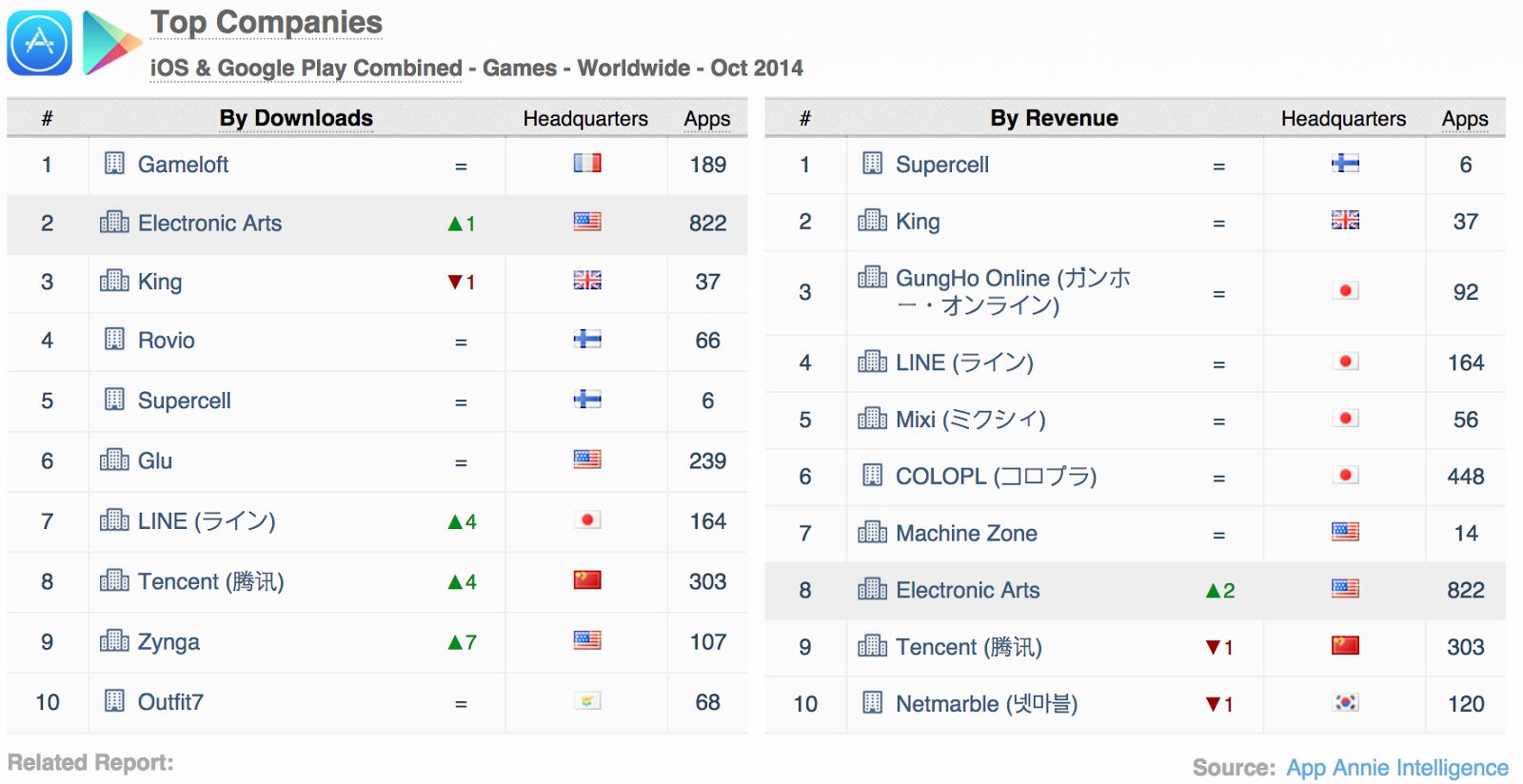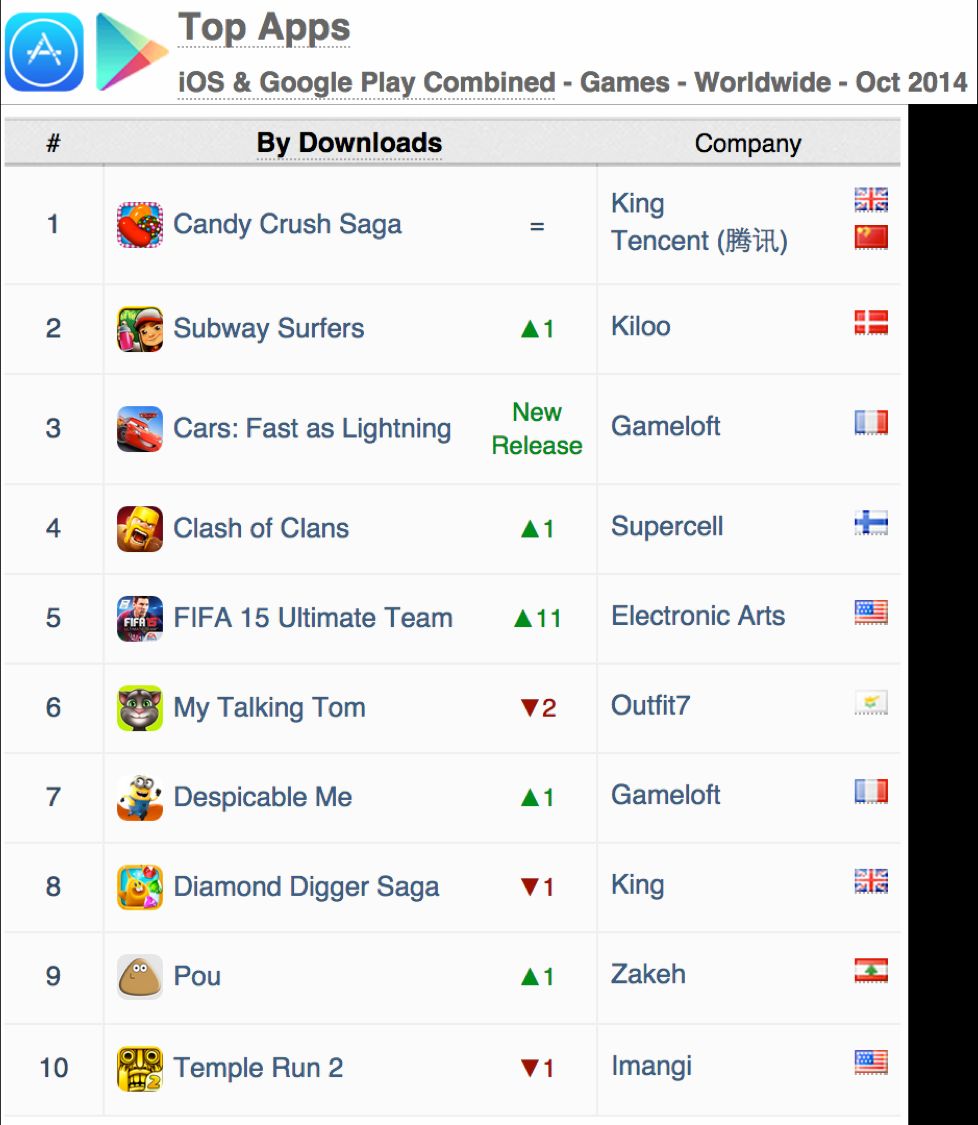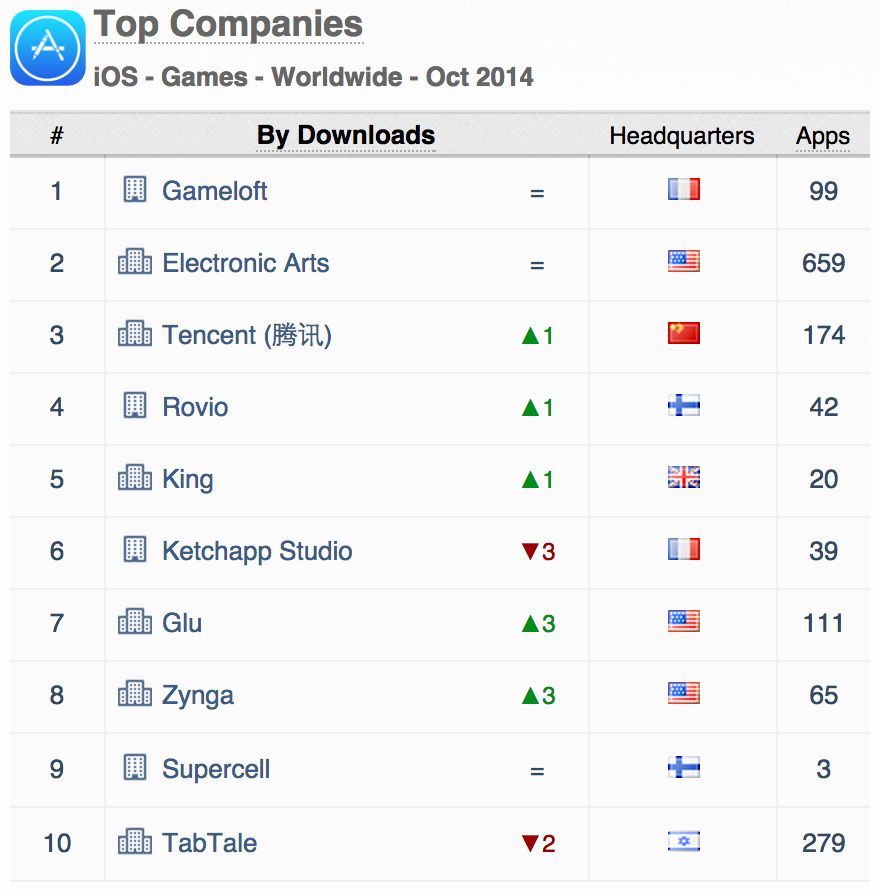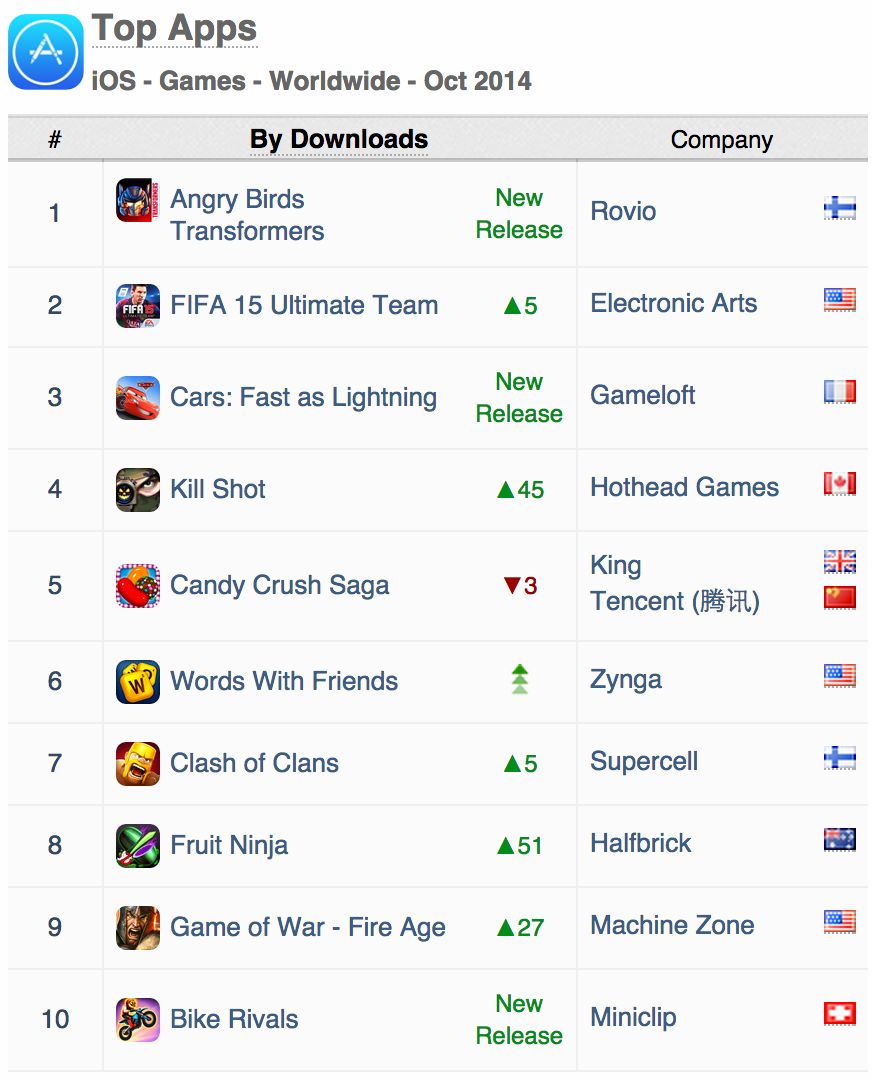World of Tanks is one of the most popular games on the planet, and Wargaming has tweaked the free-to-play game to cater to the growing global eSports audience over the last two years. Thanks in part to the launches of World of Tanks on Xbox 360 and mobile devices, Wargaming has added 20 million new gamers over the past year to its collection of 90 million players. The company is entering its third year of eSports, seeing growth over the first two years of both teams and prize money. Mohamed Fadl, Wargaming Global Director of eSports, explains how important pro gaming is for the publisher’s future in this exclusive interview.
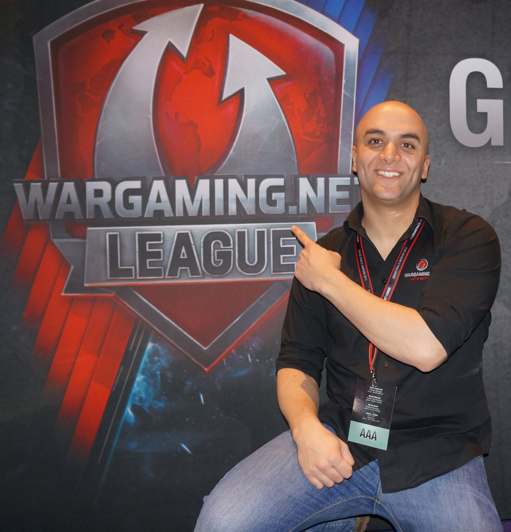 Mohamed Fadl, Wargaming Global Director of eSports
Mohamed Fadl, Wargaming Global Director of eSports
What have you learned from your first forays into eSports with World of Tanks?
For me eSports is more than just sports or gaming, it’s a culture and the evolution of entertainment. We have no boundaries and we know no politics or borders. ESports brings people together from all over the world with one goal: to play, have fun and succeed.
How have the number of teams involved in eSports grown over the years?
When we initially started our eSports league 2 years ago we had nearly 4,000 players playing in our first tournament. Today hundreds of thousands of unique players compete in our tournaments each month to determine the top 12 pro teams in each region. Wargaming is very proud of what we have built together with our community so far and we can’t wait to see what the future holds for all of us.
How has the game evolved to make for a better eSports title?
World of Tanks is constantly being updated to improve gameplay and balance with a focus on eSports. In the most recent update we introduced the new eSports format Attack/Defense with a 7/54 point system. This is the biggest and most important improvement that’s been added to Wargaming eSports in the past year. We worked closely with top World of Tanks pro teams to test and implement the Attack/Defense format to deliver more strategic, team oriented and action packed games to make eSports events even more exciting for both the players and spectators.
“For me eSports is more than just sports or gaming, it’s a culture and the evolution of entertainment.”
What are your plans for eSports in 2015?
We aim to create an ecosystem within our eSports world to guide players and teams from casual competition to top pro leagues. We will continue to focus heavily on the grassroots system for eSports and make overall improvements to the Wargaming League throughout the year. We have some major plans in place for 2015 that I can’t share just yet, but we are very excited for what this year will being and be prepared to see some incredible updates coming soon.
How will you be raising the stakes in terms of prizes?
I can’t share too much about prizing yet, but we are looking into some possible changes to help pro teams invest more time and passion into playing the game they love. We have also nearly doubled the prize pool from the last season which was $100,000 up to $171,000. So there is definitely a lot on the line for our top teams.
What opportunities do you see for North America when it comes to World of Tanks, given its popularity in Europe?
I think North America is currently the region with the biggest potential for growth in eSports. North America is very open for the evolution of eSports into a main media platform. This region is definitely a leader with this mindset to help eSports to grow and I expect to see a World of Tanks team from North America winning the Global Championship soon.
What impact do you feel having eSports events occur in NBA and World Cup stadiums is having on what fans expect when it comes to spectacle and events?
Those events are very important for the overall eSports scene. ESports is more than just gaming, it’s a culture and the evolution of entertainment. I foresee eSports being broadcast to households around the globe and it playing a huge role as part of major sports and entertainment events. I believe over time this will come naturally and I’m proud that we get to be part of this amazing new eSports culture.
How did hosting the Finals at PAX Prime help connect with gamers and eSports fans?
It’s crucial for the players and eSports itself that we bring tournaments like this to the core audience at events like PAX. Gaming events like PAX are extremely important for eSports and will be play a huge role as it continues to evolve.
We’ve seen sponsors like American Express and Coke connect with League of Legends gamers. What opportunities do you feel World of Tanks opens up for sponsors and brands?
We already have some very strong partners for our League, especially for the upcoming WGL Grand Finals. This however, is not our main focus. We want to focus more on encouraging our Wargaming League pros to find sponsors and partners for their teams. Many of them have already been very successful and have big partners, but there are many smaller and newer teams that we want to support to get to this level.
What potential do you see for World of Warplanes with eSports?
As soon the World of Warplanes eSports community reaches the critical mass and there is a real demand of having a professional WGL for World of Warplanes, we will be ready and waiting.
“ESports gives depth to gaming, it shows the world that there is team-play, skill, strategy, emotion and passion driving players to rise to new levels.”
How big a role does eSports play for Wargaming and its World of Tanks franchise
ESports plays a very big role, not only for Wargaming and World of Tanks, but for the overall gaming community. ESports definitely puts gamers in a different light. ESports gives depth to gaming, it shows the world that there is team-play, skill, strategy, emotion and passion driving players to rise to new levels. ESports brings people from all regions and backgrounds together and shows the world what is possible with the right mindset.
We’ve started to see some activity in mobile eSports. What potential does World of Tanks Blitz have for eSports?
That’s very possible. We keep a very close eye on all our games to see if we have reached the critical mass of eSports players for that game.

